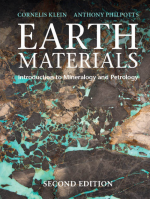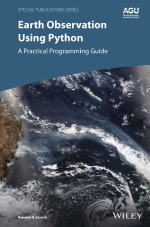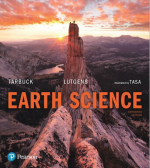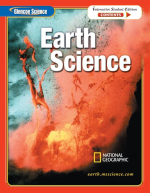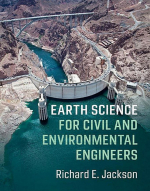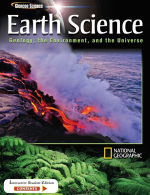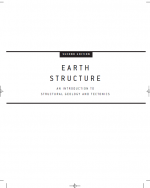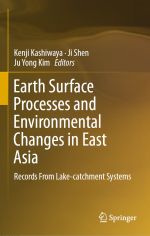This book is concerned with the deformation of rock in the Earth’s lithosphere, as viewed from the atomic scale, through the grain scale, the hand specimen scale, the outcrop scale, the mountain range scale, and the tectonic plate scale. A deformational feature observed on one scale typically reflects processes occurring on other scales. For example, we can’t understand continental deformation without understanding mountains, we can’t understand mountains without understanding folding and faulting, and we can’t understand folding and faulting without understanding ductile and brittle deformation mechanisms at the atomic scale. This book attempts to integrate topics pertaining to all scales of rock deformation, emphasizing the linkages between structural geology and tectonics.
Данная книга рассматривает деформацию пород в литосфере Земли , которая наблюдается на атомном уровне, переходя на масштаб зерна, образца, обнажения, горного хребта и тектонической плиты. Деформационные особенности, наблюдаемые в одном масштабе, закономерно отражают процессы, возникающие в другом масштабе. К примеру, мы не можем понять деформацию континента без понимания процессов горообразования, мы не можем понять горообразование без понимания процессов образования складок и разломов, и мы не можем понять процессы складкообразования и разрывных нарушений без понимания механизмов пластичной и хрупкой деформации на атомарном уровне. Эта книга пытается объединить темы, касающиеся деформации пород на всех уровнях, подчеркивая связь между структурной геологией и тектоникой.


